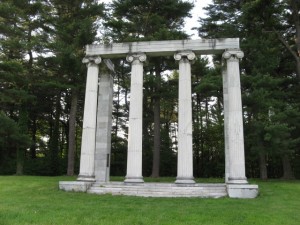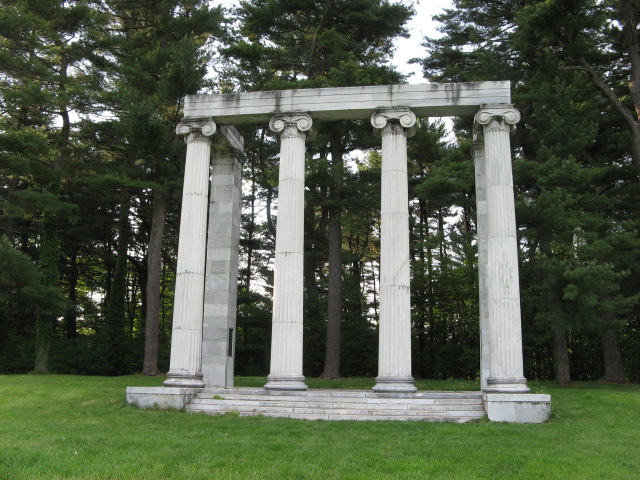I was thinking a bit about my previous post here on the difficulties experienced in certain developing nations when it comes to scholarship. Mostly this is due to access issues with academic resources, but there is this element of time. Having the time to navigate the interface to find the materials, the time necessary to discern their value, the time necessary to ingest them, to think them through. Then, of course, there is the time necessary to transform this academic work into something innovative, something that builds and expands the scholarly argument.
Time.
Unfortunately, time is what we have in shortest supply. Time is embedded into our workflows, our cultures, our communication. I even embed this lack of time into my course design, accounting for every minute, encouraging a myriad of pursuits, approaches, facets to a significant learning objective. I figure a thousand eyes on a problem are better than two, a brainstorming session is better than a protracted discussion, a sensory exploration is better than a purely textual one. Perhaps I am mistaking action for movement, progress.
I don’t want to sit here and make the case that we as students and people are unable to decipher all of these channels, to piece all these fragments together in some constructive whole. I would simply argue that occasionally we need to consider working in learning that is singular.
A singular pursuit of a stated learning objective. A singular, protracted discussion over a common topic. I often find that solutions are situated in time; they cannot be forced. They inherently germinate given the right conditions. Innovation and discovery work this way as well. Given enough time and the freedom to pursue a multitude of paths, solutions become apparent. These solutions often appear outside the confines of established learning blocks, conference or classrooms, outside the confines of an established structure.
When confronted with a new and perhaps troublesome concept or form of knowledge, one that does not mesh with our current understanding our knowledge structure (think evolution in the 1860s (or even now!) or nanotechnology or something else that is truly revolutionary). We hear it, we resist it, we try to flee it, we take it home and push it towards the recesses of conscious thought. There it is deconstructed, analyzed, synthesized, and reconstructed in context, with meaning. Only time allows us to do that.
In other words, to truly think outside the box, to be innovative and constructive in our logic, we must be given enough time to understand the confines of the box. Without time, we wouldn’t even know where its limits were.
That is where I think singularity can come in. Rather than rush to maximize ten minute learning curves with four distinct activities, occasionally it might be warranted to allow students to do a deep dive on logic, a holistic exploration of all the elements in play. Let time do its magic from there. Solutions and sturdy knowledge constructs are bound to appear.
Time to contemplate on a singular concept.

